Page 1 2
Go to...  | Start A New Topic  | Search  | Notify  | Tools  | Reply To This Topic  |  |
 |
The doors are made from sheet metal that has approx. 1/8" holes drilled throughout. The material is used in many other applications where cooling is essential. The fabricator made two doors so they match, built frame and powder coated, installed new locks for $800. The framing was not rusted, just the aluminum rivets gave way. He replaced with stainless rivets, and also drilled out about 2 dozen other rivets throughout the skin that had popped and replaced those with stainless rivets as well. I still have the one louvered door in case I locate someone later that can fabricate a match, or if someone is looking for one. ~ 1990 - 32' Regency with 8.3 Cummins on Spartan Chassis ~ | |||
|
FKA: noble97monarch 3/12 3/12 |
Just an FYI. Stainless and aluminum are still dissimilar metals and there will be galvanic corrosion where they meet. Especially on a Barth body, aluminum rivets are the best choice. Many people think stainless is inert. It may not corrode on its own in air, but it will cause dissimilar metals to prematurely corrode.  Formerly: 1997 Barth Monarch Now: 2000 BlueBird Wanderlodge 43' LXi Millennium Edition DD Series 60 500HP 3 stage Jake, Overbuilt bike lift with R1200GS BMW, followed by 2011 Jeep Wrangler Unlimited, “I haven’t been everywhere, but it’s on my list.” | |||
|
 3/23 3/23 |
At least for a while keep a close eye on temperatures. Louvers can give well above 50% open area while punched openings you describe can be as little as 20% open area. In addition there is flow resistance due to the smaller openings. I hope it works well for you but be careful until you have built some confidence when under load. | |||
|
Official Barth Junkie |
One of my boat buddies says there's no such thing as "stainless" steel. He says it is "stain LESS" steel! 9708-M0037-37MM-01 "98" Monarch 37 Spartan MM, 6 spd Allison Cummins 8.3 325+ hp | |||
|
"5+ Years of Active Membership" 9/11 9/11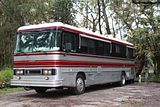 |
We should all be grateful of this sharing info site. Today I went to check on the rivets around my engine louvered doors. I found nine badly "white rusted" rivets on the right door frame and two on the left door frame. I seen this slight gap between the frame and upon checking notice the stem of the rivet was not there. Upon drilling them out, a lot of white powered (white rust as I call it)came out of the holes. Just the paint was holding the heads against the frame. Everyone should check their engine door frames. Jim 1985 Barth Regency 35ft DD 225hp Ally trans-4 speed. | |||
|
 |
Definitely need to be watchful of the temperature gauges as I am not totally convince that additional ventilation will not be needed and am prepared to drill larger holes as needed. Also, we found many rivets that were either rusted or appeared very weak - recommend checking closely so you don't lose items like I did. Because I keep my bus under cover, our climate is relatively low in humidity, and I am a bit of clean freak, I have less concern for corrosion, but will monitor more closely given my recent experience. ~ 1990 - 32' Regency with 8.3 Cummins on Spartan Chassis ~ | |||
|
"Host" of Barthmobile.com 1/19 1/19 |
I got to thinking... louvered hood press. I've seen openings on hotrods and construction equipment with this type of opening and then realized that I've also seen a/c housings and generator doors too. Here are a few examples. 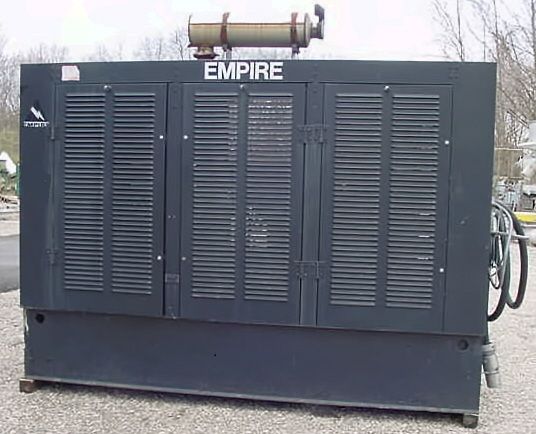  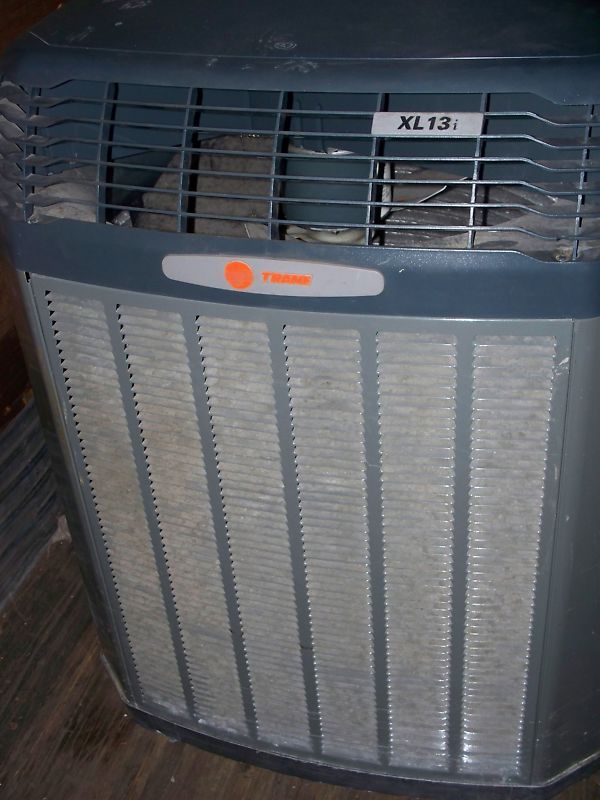 Here is someone selling 5 of these units. 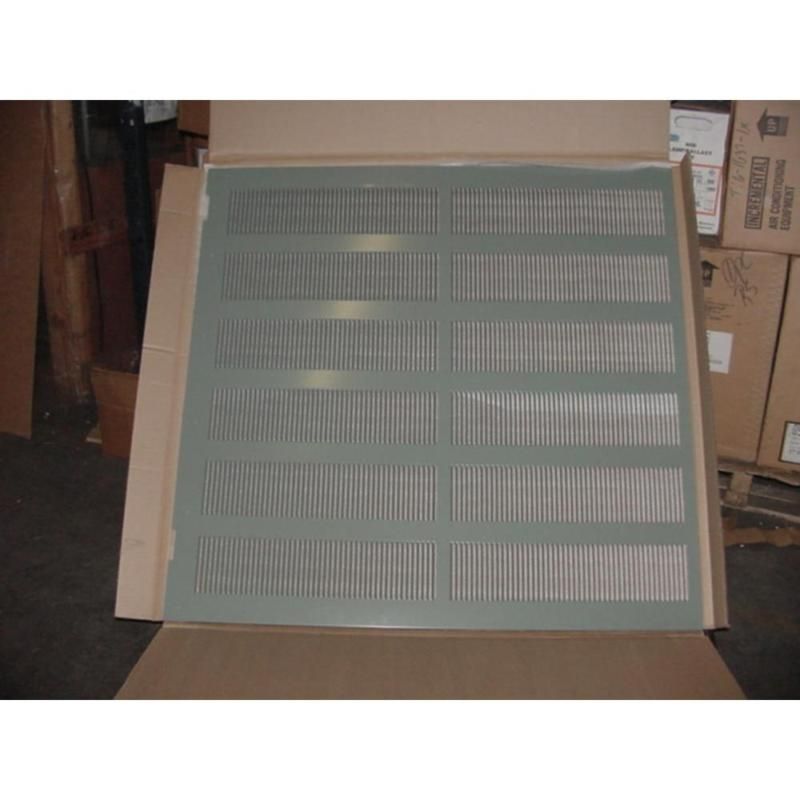 Perhaps a DIY thing would be the guys who punch out louvers for street rats? 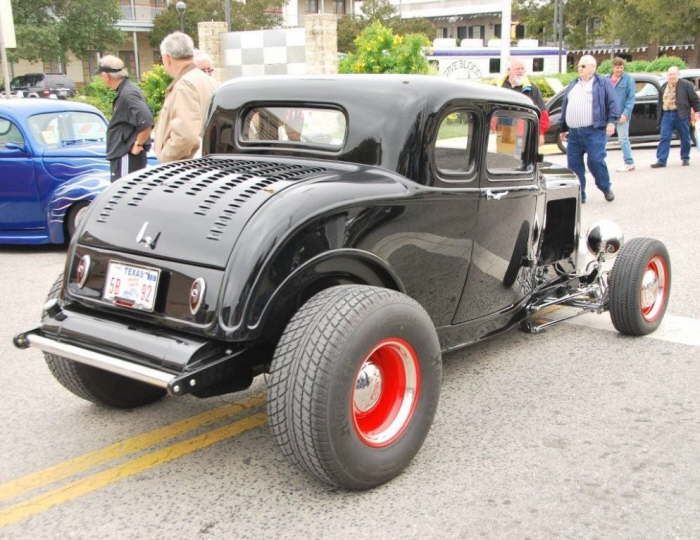 Most big a/c units have these louvers. pressed inward - turn them around. You never said what the opening was so I just did a quick search of different panels for your consideration.
| |||||||||||||||
| ||||||||||||||||
 3/19 3/19 |
Right, Bill. think that was mentioned much earlier in the thread. | |||
|
I did extensive work with my Breakaway in this area in an attempt to reduce running temperature. The grill work that was original was oriented to deflect air inward to the engine compartment but its design was not as efficient as it could have been even though the design was to draw air in, it would only do so below certain speeds. This is probably due to related turbulence around the rear of the coach that would increase with speed. Contrary to popular opinion, the airflow thru the radiator is solely due to the engine driven fan. There is no ram effect or suction effect in the diesel pusher with a rear mounted radiator. I have confirmed this with yarn tuffs and videos I made during driving at various speeds. Below is the write up about what I did a few years back, and I am still working to improve although with the further mods I have made I now can run 70-75 MPH at altitudes over 3000 feet in 100 degree ambient without exceeding 195 degrees engine temp. Going up grades cooling would rely on the fans as air flow at low speeds isn't sufficient. Rear door mods Further airflow mods Ed 94 30' Breakaway #3864 30-BS-6B side entry New Cummins 5.9L, 375+ HP Allison 6 speed Spartan chassis K9DVC Tankless water heater | ||||
|
 3/19 3/19 |
Impressive projects and presentations, Ed. | |||
|
"Host" of Barthmobile.com 1/19 1/19 |
Ok then... must have missed it I guess. Yes, very impressive indeed.
| |||||||||||||||
| ||||||||||||||||
Official Barth Junkie |
Wow! Nice job with the airflow analysis. Obviously better than before. Reminds me of aviation flow testing on wings. Maybe we could get a Barth to fly! 9708-M0037-37MM-01 "98" Monarch 37 Spartan MM, 6 spd Allison Cummins 8.3 325+ hp | |||
|
 3/19 3/19 |
The day I got my Barth, I was able to fly from Detroit to Phoenix. oh, yeah, well... I did get the Barth a little later in the day. | |||
|
| Powered by Social Strata | Page 1 2 |
| Please Wait. Your request is being processed... |
|
This website is dedicated to the Barth Custom Coach, their owners and those who admire this American made, quality crafted, motor coach.
We are committed to the history, preservation and restoration of the Barth Custom Coach.
We are committed to the history, preservation and restoration of the Barth Custom Coach.



